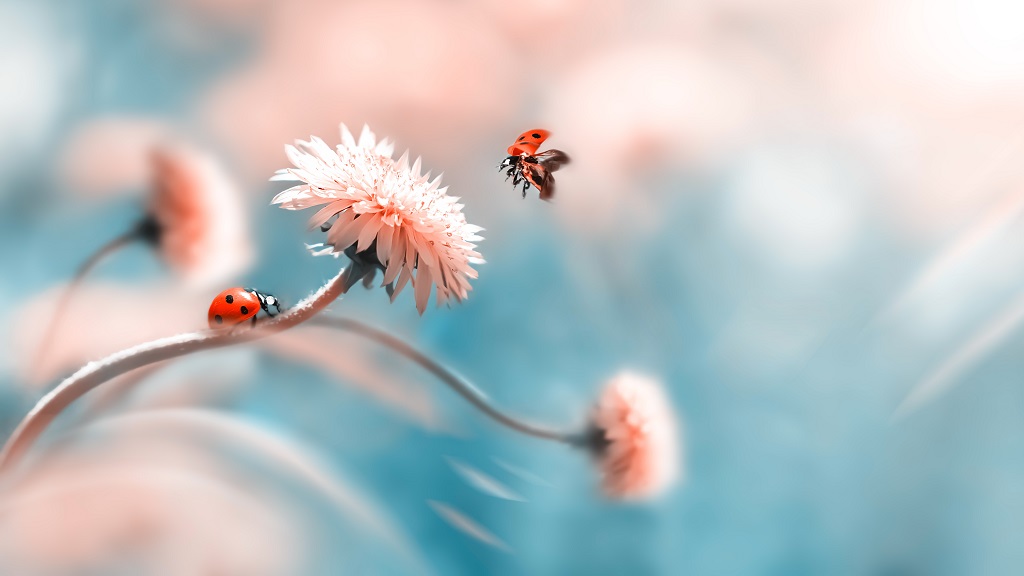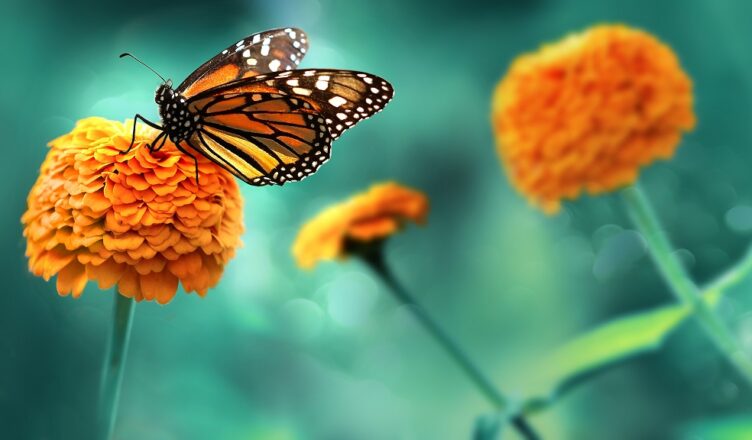Introduction to Macro Photography
Let’s kickstart our journey with a basic understanding of what exactly macro photography is.
What is Macro Photography?
Macro Photography, also known as close-up photography, is a unique style of photography that involves capturing small subjects at a very close range, usually in a manner that makes them appear larger than life. This includes taking detailed photographs of insects, flowers, and everyday objects, like water droplets or tiny pieces of jewelry. The aim is to highlight the minute details that are often invisible to the naked eye.
– True macro photography creates an image on the sensor that’s the same size or larger than the actual subject (1:1 ratio or higher).
– Creative macro photography provides opportunities for photographers to experiment with depth, composition, and perspective.
Why is Macro Photography Important?
Macro photography plays a crucial role in fields like science, research, and education, where it allows for the detailed study of small specimens. For keen-eyed photographers, it offers a unique and immersive perspective into a world often overlooked. Moreover, it’s a great exercise to improve precision timing, depth of field understanding, and perfecting lighting techniques. Thus, whether for the sheer beauty of it or for scientific purposes, it has carved its niche in the varied landscape of photography.
Understanding Macro Photography
Macro photography, also known as extreme close-up photography, concentrates on making the small appear large, therefore showcasing the finer details that are usually not visible to the naked eye. This style of photography opens doors to a whole new world, allowing us to explore the intricacies of nature, textiles, and even everyday objects from an entirely new perspective.
The Criteria for Macro Photography
In macro photography, the main indicators that distinguish it from other photography types are subject size and magnification. Here’s a quick breakdown:
– The subject photographed is usually small, often inches or even millimeters in size.
– The final image should ideally portray the subject in a size that is greater than its actual size, usually at a 1:1 ratio or more.
The Scale and Magnification in Macro Photography
Magnification in macro photography is paramount. It refers to the size of an image or a subject on the camera’s sensor, compared to its actual, real-life size. The ideal magnification in macro imagery is a 1:1 ratio, which means the subject appears life-size on the sensor. However, anything beyond a 1:1 ratio is considered a super macro, where the subject appears larger than life – an exciting avenue for even more incredible detail.
Different Techniques in Macro Photography
There are numerous techniques employed in macro photography that enable photographers to bring out the subtlest details and create captivating effects. It’s important to delve into some of these methodologies to understand how they can revolutionize your macro photography experience.
Focus Stacking Technique
First off, we have the Focus Stacking technique. This method involves taking multiple shots of the same subject, each with a different area in focus. Afterwards, these photographs are layered and merged into one image using software. Here’s what you get:
– A photograph with an extraordinary depth of field.
– Enhanced overall sharpness, accentuating minute details.
This technique is perfectly suited for immobile objects and provides images with splendid detailing.
Macro Panoramic Technique
Next up is the Macro Panoramic technique. This is essentially a version of the panoramic technique used in landscape photography, but adapted for macro photography. The process entails taking multiple photos from different angles and stitching them together to create an amazingly detailed panorama:
– Amplified field of view without sacrificing minute details.
– Dramatic, wide-angle macro shots.
This technique provides an intimate perspective on tiny worlds that exist right under our noses.
Macro Bracketing Technique
Lastly, let us explore the Macro Bracketing technique. This technique implies bracketing your shots in exposure, focus, or aperture. Here are the highlights:
– More control over the final image’s brightness and detailing.
– Accommodates for various lighting conditions and subjects’ depths.
A very useful tool when shooting in challenging lighting or when dealing with highly detailed subjects. Experimentation is key with this technique, as different situations might call for different bracketing styles.
Equipment Used in Macro Photography
Understanding the equipment used in macro photography is essential to enhancing one’s skills and capturing high-quality images. There are several tools that you can incorporate into your macro photography kit- let’s delve into a few.
Camera Lenses for Macro Photography
An extremely vital part of a macro photographer’s arsenal is the camera lens. While many types of lens can be used in macro photography, having a dedicated macro lens opens up a whole new realm of possibilities. These lenses are designed specifically for close-up work and can produce an image on the image sensor that’s life-sized, or a 1:1 magnification. They come in various focal lengths to suit your need, from capturing insects to flower details.
Extension Tubes
Another valuable tool in macro photography is the extension tube. These tubes are mounted between your camera body and lens, providing an increased distance that allows for closer focusing – this translates into larger and more detailed images of tiny subjects. The extension tube is a cost-effective way to turn a standard lens into a macro lens, offering you flexibility with your equipment.
Reversing Rings
For those on a tight budget, consider using reversing rings. They are innovative tools that enable the photographer to mount the lens in reverse, effectively turning a non-macro lens into a macro one. The reversing ring may not offer the same level of control as a dedicated macro lens, but it gives you an affordable way to experiment until you’re ready to upgrade. When used effectively, reversing rings can produce surprisingly high-quality close-up images.
Essentials of Good Macro Photography
In any great work of photography, there are constants that shine through, namely lighting, composition and subject. These pillars of photographic craftsmanship are even more pertinent when it comes to macro photography, requiring an additional layer of patience, keen observation, and individual creativity to capture stunning close-up shots.
Understanding Lighting in Macro Photography
The central player in all kinds of photography, lighting, becomes even more vital in macro photography. Accurate light diffusing softens the hard shadows and reduces the glaring highlights, allowing the minute details to shine through crystal clear. Using external flash, natural light, or a combination of both can give your macro shots an array of different moods.
• External flash is great for shooting indoors or in low light conditions.
• Natural light offers richness and warmth to your images.

Composition and Framing: The Role of Depth of Field
When composing your macro shots, one mustn’t underestimate the power of Depth of Field (DoF). A shallow DoF can help your primary subject stand out by blurring out the background details, while a deeper DoF lets you capture detailed landscapes on a miniature scale.
Ideas and Inspiration for Macro Photography Subjects
The possibilities for macro subjects are nearly limitless. From the exquisite detail of a dewdrop on a leaf, to the stunning complexities of insect anatomy – there’s a whole new world waiting to be discovered, up close and personal. Try to find beauty and inspiration in the tiny, overlooked parts of everyday life.
Learning the Advanced Macro Photography Techniques
Diving into macro photography is an adventure – an exploration of the hidden beauty encapsulated in the minute details of our surroundings. As your interest deepens, understanding the advanced techniques becomes increasingly crucial.
The Challenges and Solutions in Macro Photography
Like every other branch of photography, macro photography comes with its unique challenges. Here’s a couple:
– Limited Depth of Field: This can often leave some parts of the image blurred out. Solution? Use smaller apertures (f/11 or smaller), which increase the depth of field.
– Camera Shake: Even minimal movement can blur your image. This is where a sturdy tripod will come handy.
Maximizing the Use of Macro Lenses
Macro lenses are the heart and soul of macro photography. Investing in a high-quality macro lens will drastically boost the caliber of your close-ups. Remember, the best macro lenses focus quickly, offer great sharpness, and give you fine control over focusing. A good starting point would be the 100mm lens, renowned for its magnifying prowess. But, as always, try various lenses and find what works best for you.

Transitioning from Hobbyist to Professional Macro Photographer
Stepping up from being a hobbyist to a professional macro photographer is an exciting milestone in your passion-filled journey. More than an amplified professional mechanics, it involves refining your skills, acumen, and a unique portrayal of your perspective.
Tips and Tricks for Macro Photography
Mastering macro photography demands practice along with the following tips and tricks.
– Always ensure your subject is absolutely clear, with the camera focus on the fascinating details.
– Use a high-quality macro lens with the capacity to magnify your subject at least 1:1.
– When capturing details, choose a small aperture to achieve a greater depth of field.
– Lastly, embrace the magic of lighting. With the right light, you can enhance the textures you’re trying to capture.
Portfolio Building: How to Highlight Your Macro Photography
Making your macro photography stand out requires a diligently constructed portfolio. Showcase variety – from flora and fauna to textures and patterns in everyday objects. Endeavor to narrate a story with your portfolio, with each image complementing its predecessor and building anticipation for the next. Your portfolio should not just display your technical proficiency but also your artistic style and ability to see beauty in details.

The Future of Macro Photography
Macro photography is not just about bringing the minute details of the world to life, it also serves as means to challenge our perception and stir our imagination. As technology advances, we can expect improvements in macro photographic equipment – better lenses, higher resolution cameras, and more sophisticated lighting solutions. The future of macro photography is laden with exciting possibilities, encouraging us to delve deeper into the finest details and complexities of the world, right before our eyes.
Final Takeaways and Things to Remember
Here are the key takeaways from our journey into macro photography:
• Understanding Macro Photography is crucial. From basic principles to advanced techniques, all are equally important.
• Selecting the right equipment is a vital part of macrophotography. But your skills and techniques play an even bigger role.
• Investing in post-processing software can boost the quality of your shots, bringing out the best in your macro photographs.
Remember, macro photography is not just a genre; it’s a whole new perspective of the world. So, keep exploring, keep learning, and keep capturing the world’s small wonders in your frames.

